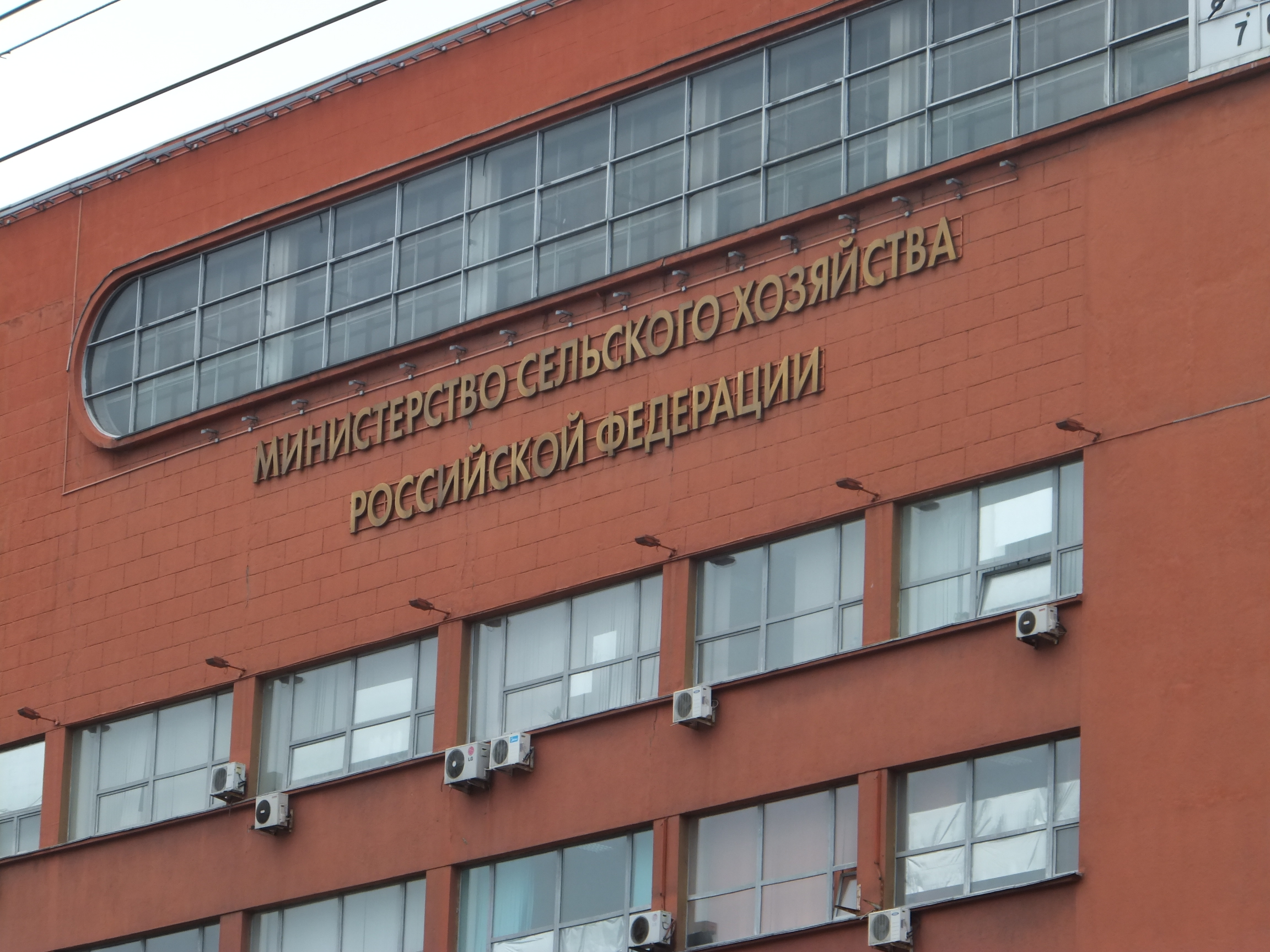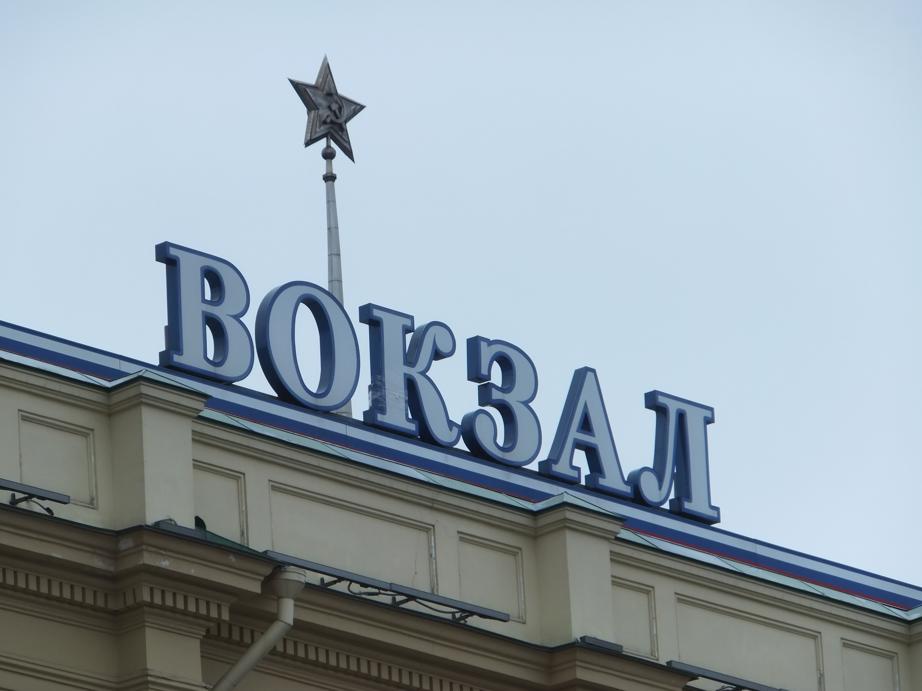A recently ‘Advance Access’-published article from Arjen van Witteloostuijn, Marc Esteve and George Boyne in JPart makes a big step towards modern behavioral public administration. Simon, March and other founding fathers of 20th century PA have long ago laid out the basic idea and concepts that PA is as much about human behavior of civil servants in government agencies as it is about a meaningful delegation of administrative tasks between layers on the organization chart.
Arjen van Witteloostuijn, Marc Esteve and George Boyne now empirically demonstrate that different types of personality traits heavily influence the motivation of future civil servants to serve the public interest, that is, their level of Public Service Motivation (PSM), one of the core concepts of current PA research. Public Service Motivation (PSM) has been reported to be associated with ‘positive’ things like individual and organizational performance.
Journal of Public Administration Research And Theory, 2016, 1–16
doi:10.1093/jopart/muw027
Advance Access published April 27, 2016
Wittelsoostuijn and his two co-authors argue that two motives underlie PSM, affective and non-affective motives. Compassion (COM) and self-sacrifice (SS) are the affective motives of PSM. If you are an honest and humble person as well an emotional and agreeable individual, you will very likely report a high level of compassion and self-sacrifice, that is, two affective PSM motives. But if you are keen to conscientiousness, that is, doing things thoroughly because you consider it to be your personal duty, your level of compassion and self-sacrifice will be rather low.
Attraction to policy-making (APM) and commitment to the public interest (CPI) are nonaffective motives of PSM. If you are the type of person that is open to new experiences you are likely to be attracted to policy-making and thus to work in the public sector.
Wittelsoostuijn and co-authors use the responses from two survey questionnaires filled by 320 undergraduates.
The article is so interesting because it fuels our understanding what types of individuals are going to work as civil servants. What is their personality structure? The paper links personal psychology to modern public administration research.
pictured above: Russian federal ministry of agriculture, located at Moscows Garden ring

